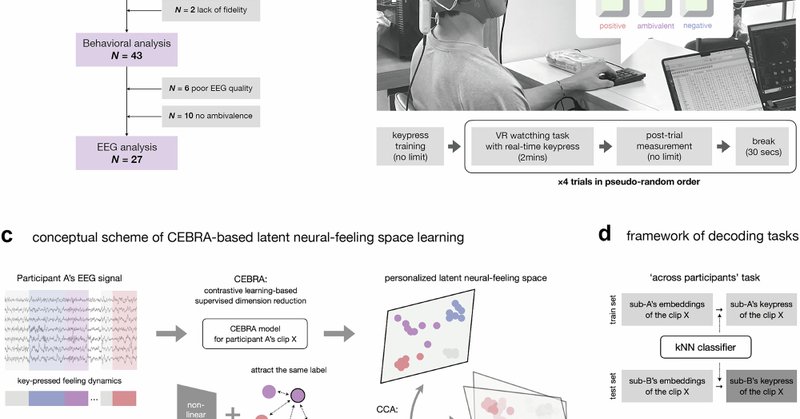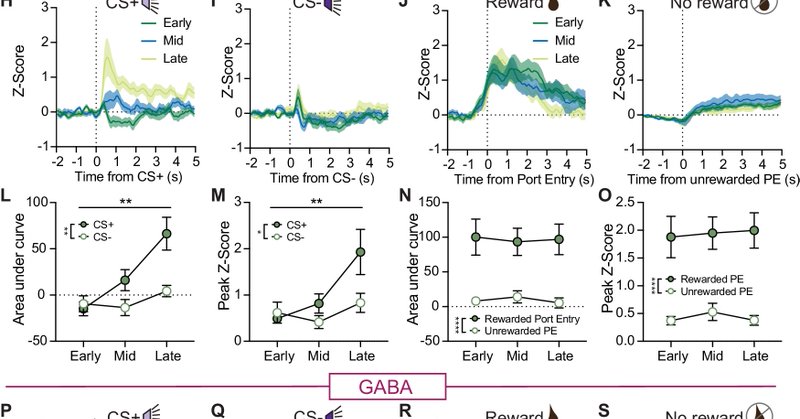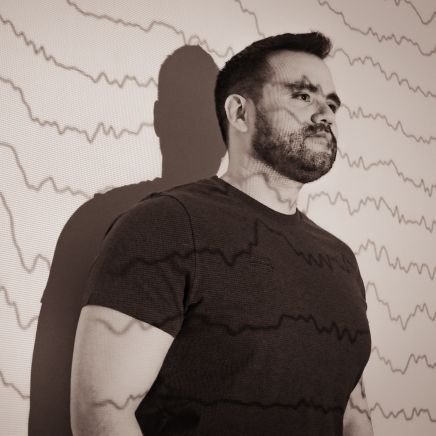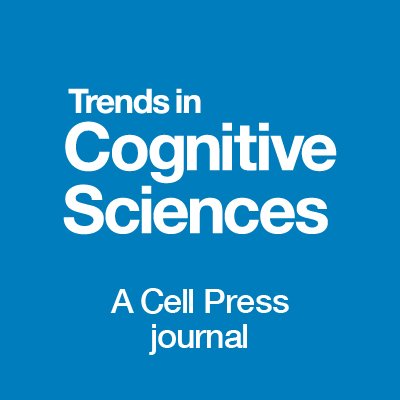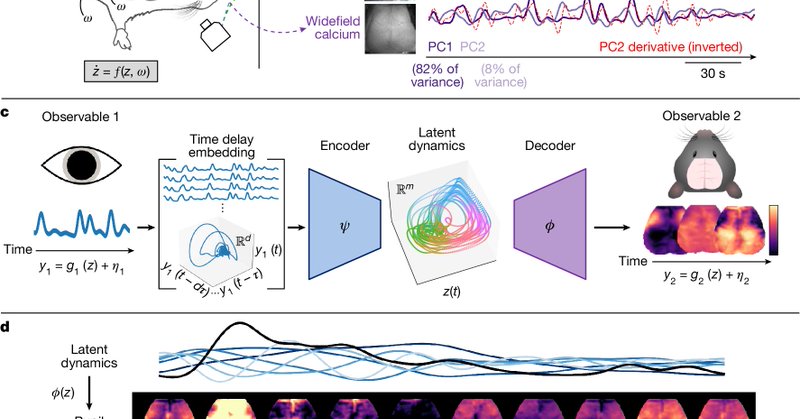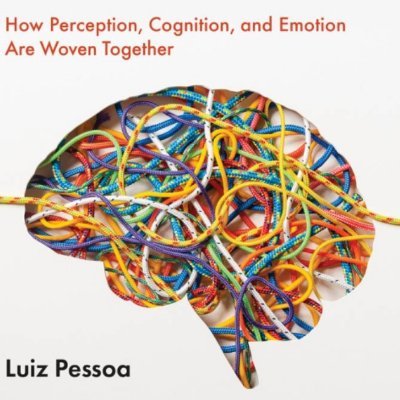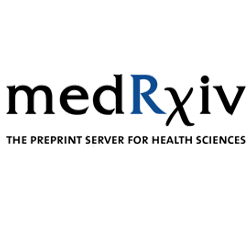
Jinwoo Lee
@aesciemo
Followers
276
Following
3K
Media
6
Statuses
229
PhD student in @UCSDPsychology | studying idiosyncrasies of human emotion and their convergence in social interactions #firstgen
San Diego, CA
Joined December 2022
Excited to share our paper published in @CommsPsychol 🥳 Using VR, EEG, real-time affect rating, and deep representation learning, we show that subjective awe is better predicted by ambivalence-related behavior and neurogeometry than univalent ones (1/n) https://t.co/PBn8dSUvdE
nature.com
Communications Psychology - Using VR, EEG, and contrastive learning, this study found that subjective awe is better predicted by behavioral and neural representations of mixed feelings than by...
4
1
17
Ventral tegmental area GABA neurons integrate positive and negative valence | Nature Communications https://t.co/7CVAPYkIc3
nature.com
Nature Communications - The role of ventral tegmental area GABA neurons in behavior is unclear. Here, authors show that VTA GABA but not dopamine neurons integrate positive and negative valence to...
0
11
37
Just out in Nature Reviews Neuroscience! We've been studying information synergy within the brain for a few years now: here we explore how we can take this approach to the level of synergy *between* brains! 🧠🔄🧠 Thanks to Edoardo Chidichimo for leading this inter-brain synergy!
Delighted to share our new Perspective article @NatRevNeurosci, led by the great Edoardo Chidichimo: "Towards an informational account of interpersonal coordination". With @loopyluppi, Pedro Mediano, @introspection, @DrVLeong and Richard Bethlehem https://t.co/CwDgZYbYUf
2
10
62
New paper on AI consciousness! Here we present the theory-derived indicator method for assessing AI systems for consciousness. Link below.
21
72
331
Another new paper from Feldman Barrett and colleagues connecting allostasis and interoception. Many new insights! Cortical and subcortical mapping of the human allostatic–interoceptive system using 7 Tesla fMRI https://t.co/yzaqguHtW7
nature.com
Nature Neuroscience - The brain is constantly monitoring the systems in the body. Here the authors use 7 Tesla functional magnetic resonance imaging to map a large-scale brain system for body...
3
24
146
The process of affect labeling Review by Ella Givon, Nachshon Meiran (@NMeiran), & Amit Goldenberg (@Amit_Goldenb) Free access before Dec 6: https://t.co/3bBTSufl02
0
13
54
Feldman-Barret et al: "Allostasis is predictive regulation, distinguished from the concept of homeostasis, which involves reactive regulation to perturbations that return a system back to an optimal set point." 1/8 Allostasis at the core of brain function https://t.co/bQUC9VfET5
5
48
184
On a Geometry for Interbrain Networks: discrete Ricci curvature + entropy can capture phase transitions and information routing in social neural dynamics. Accepted to the 4th NeurReps @neur_reps workshop at NeurIPS @NeurIPSConf 2025. With @NoahGuzman14 & @mweber_PU.
2
2
12
Amazing paper. All the good stuff: brain dynamics, state trajectories, embedding, links to arousal, tracking full dynamic state with a single measurement. https://t.co/N0zbt1Ebob
nature.com
Nature - Reframing of arousal as a latent dynamical system can reconstruct multidimensional measurements of large-scale spatiotemporal brain dynamics on the timescale of seconds in mice.
2
51
226
Hierarchical reasoning works well on large language models!🎉
35
182
1K
Are interoception and mental health linked? Many assume so, with interoception even described as a psychiatric “p-factor.” But in our latest preprint, we were surprised to find little evidence for such a connection.
medrxiv.org
Interoception—the sensing and perception of the internal viscera—is widely cast as a transdiagnostic mechanism linking brain–body interaction to mental illness. Prevailing models propose that altered...
3
13
45
Using VR, EEG, and contrastive learning, this study found that subjective awe is better predicted by behavioral and neural representations of mixed feelings than by those of purely positive or negative ones, challenging a univalent viewpoint of awe. https://t.co/VgD7z1UmbX
nature.com
Communications Psychology - Using VR, EEG, and contrastive learning, this study found that subjective awe is better predicted by behavioral and neural representations of mixed feelings than by...
0
3
13
I hope my work serves as a case that the complex structure of emotions we experience in our daily life can be systematically explored within a scientific framework (8/n)
1
0
1
Last, our HMM analysis showed valence transitions during VR watching linked to temporal dynamics across band frequencies in mainly fronto-parietal channels, which has been reported as neural correlates of valence computation (7/n)
1
0
0
Interestingly, the distinctiveness of ambivalence-related representations predicted awe intensity, surpassing all affective self-reports (e.g., duration/intensity of ambivalent feelings) (6/n)
1
0
0
Second, combining contrastive learning and decoding analyses, we found latent representation of ambivalent feeling is distinct from positive/negative ones, with large individual differences in their degree of distintiveness (5/n)
1
0
0
Here's our key findings: First, awe intensity across stimuli was better predicted by the self-reported duration and intensity of ambivalent feelings during VR viewing than simply positive or negative feeling metrics (4/n)
1
0
0
Here, we examined if subjective awe intensity in VR-based various awe episodes is better predicted by ambivalent feelings than univalent ones, and if their neural representations show distinct pattern to univalent ones (3/n)
1
0
0
In philosophy, awe has been described as a unique ambivalent feeling, but modern affective science has struggled to examine whether such ambivalence can be distinguished from simply pleasing or displeasing states (or their rapid fluctuations) (2/n)
1
0
0

